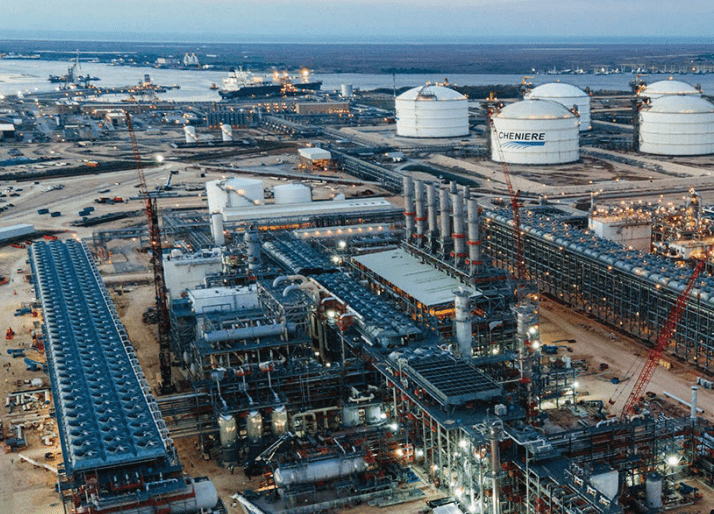Japan led the world in Liquefied Natural Gas (LNG) imports in 2021, with supplies mostly from Australia, Malaysia and the United States.
Japanese foreign purchases of LNG were 38,772 million dollars in the past year, which meant an increase of 28.6% year-on-year and a decrease of 2.9% over its 2019 reference.
Regarding its volume, LNG imports to Japan were 74.3 million tons in 2021, a drop of 0.2% compared to 2020 and a decrease of 3.9% compared to 2019.
The LNG market in 2021 saw unprecedented price increases across all natural gas and LNG benchmarks.
According to Sabine Pass Liquefaction, cooler than normal temperatures earlier in the year, concerns about low natural gas and LNG inventories, low additional LNG supply availability, and forecasts of a cold winter of 2021/2022 in Europe and Asia increased price volatility and supported a rise in natural gas and LNG prices.
Furthermore, these conditions were exacerbated by rising coal and carbon prices in Europe, persistent underperformance of some LNG supply projects outside the United States, and reduced Russian pipeline exports to Europe, which precipitated the early stages of a price-based energy crisis in Europe.
LNG
Since the United States began exporting LNG in February 2016, 11.0% of its cumulative export volume has been shipped to Japan.
Japanese imports of this product originated in 2021 mainly from Australia (36.1%), Malaysia (12.5%), the United States (11.1%), Qatar (11%) and Russia (8.7 percent).
Sabine Pass Liquefaction also refers to the fact that the high demand for LNG during the recovery from the initial stages of the Covid-19 pandemic resulted in intense competition for supplies between the Atlantic and Pacific basins.
Global LNG demand grew approximately 5% from the comparable period in 2020, adding an additional 18 mtpa to the overall market.
In particular, a strong economic recovery in China fueled an 8% increase in Asia’s LNG demand of approximately 19.5 million tonnes over the comparable period in 2020.
This led to competition for supplies between Asia, Europe and Latin America, exposing the supply constraints the industry has had as it emerged from the pandemic.
![]()

